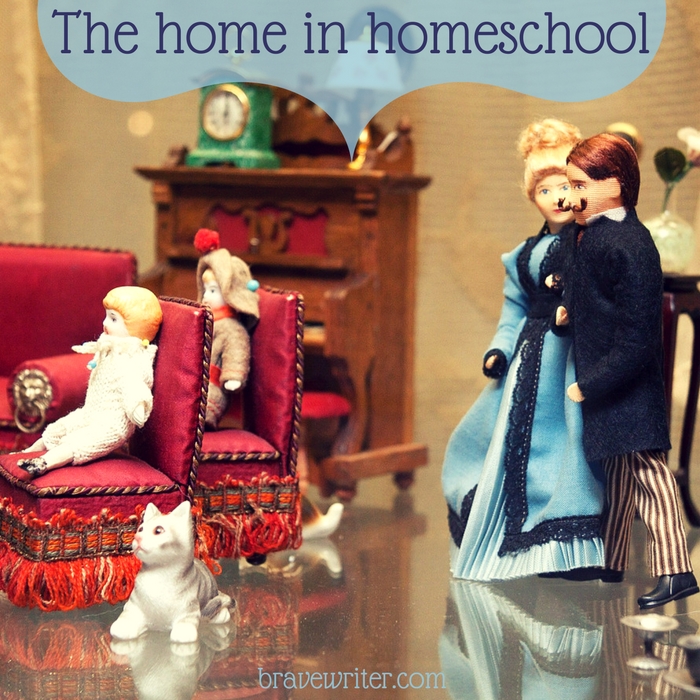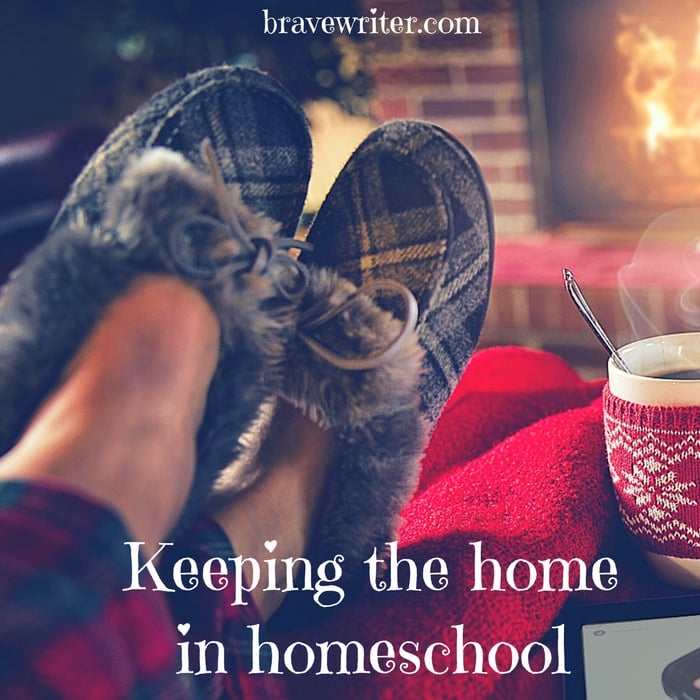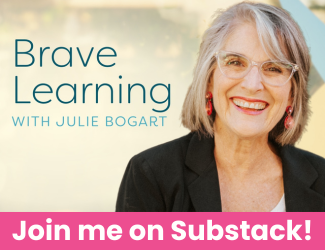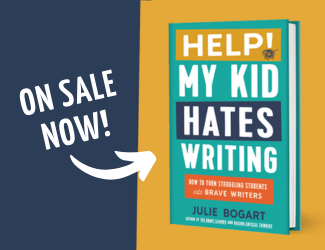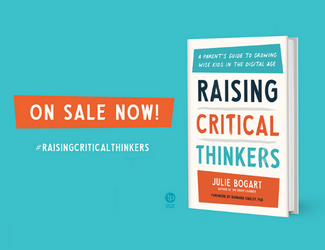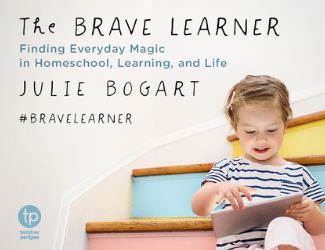
I had the privilege of speaking to the homeschool graduation at our homeschool co-op over the weekend. These were the kids I’ve taught for ten years, some of them my son’s best friends. They voted me into this position and it felt like a great honor to be the one to deliver the keynote. So here it is, for those who’ve asked me about it.
—
Noah, my oldest, said to me once when I tried to shoehorn him into my fear-based vision of what his future ought to be: “Mom, you raised me in an unconventional way; now you want me to be a conventional person?”
Ouch! Zinged by my own values! By my own kid!
Homeschooling, whether you realize it yet or not, is the radical unconventional status-quo defying choice your parents made on your behalf when you were too young to know better. Instead of yellow school buses, apples for the teacher and lunch boxes, you stayed home. Let’s face it. Your parents were the hippies of the 1990’s!
Your mom read Charlotte’s Web from a rocking chair while you assembled Legos. A big brown UPS box delivered brand new workbooks, still shiny and blank. You didn’t have due dates or grades until your mother panicked (around age 13) and suddenly got crazy grading and assigning and making you sit in a straight backed chair to write papers… until you slowly both got comfortable again and moved back to the couch. Homeschool for this bunch of graduates meant Learning Tree co-op and camp, prom in a church and for some, church in a school!
You did math with our favorite math tutor, Mrs. Steiner, or videos or apple pies. You learned to write with me, or through tears, or on computers with Facebook status updates. Foreign languages were dead or silent even though so many of you are going on mission trips to Mexico or Europe for YWAM now. Shout out to DTS students from Hawaii to Germany to Ireland!
In other words, ‘homeschooled’ is the unconventional distinct identity you will always have – the “two truths and a lie” trump card, the one thing that makes you different from others. And that’s a big deal.
In fact, even more than the homeschooling itself, the choice to homeschool by your parents… that choice ought to have formed a part of your character that will accompany and guide you for the rest of your lives.
Your moms and dads made a brave choice back in 1996 when they decided to turn their backs to the culture to keep you home. It probably didn’t always look brave to you when you when they monitored your computer activity and supervised your reading and music choices! Still, they were pioneers in their own right.
They weren’t homeschooled. They blundered forward armed with a few books and a couple of models of what it might look like. Your moms literally gave up career opportunities to spend 24 hours a day, 7 days a week with you. You know what happened at soccer games you played? Other moms would find out that you were homeschooled and they’d say to your mom: “Oh I could NEVER do that. My kids would drive me crazy.” But your moms thought, “That’s so sad. I love being with my kids.” And they meant it. Even when you did drive them crazy!
As you go off to college or the military or a career, forging a path for yourself, I want you to remember that the legacy of homeschooling has less to do with text books and literature. Nope, it’s a model for how you might courageously live your own life. Ask yourself these kinds of questions that your parents asked themselves:
- Will you be content to perpetuate the status quo as you understand it?
- Or will you, like your parents, challenge the system and be willing to adopt a standard, a philosophy, a set of beliefs or practices that make the world a better place? That ensure that the children you raise will be as nurtured, valued and adventurous as your parents….
There are two words that characterize the life you’ve led so far: Risk and Adventure.
Your parents, the ones who said no to R movies and who monitored your MySpace, who required you to finish math classes even when you thought they were pointless… those parents are the original risk-takers and adventurers in your family. They’ve modeled for you how to stand up to the culture and say, “I’m willing to risk my reputation on my kids, for the sake of the future.”
You were our grand experiment. We asked, “Can we educate our kids, at home, without the support and props of school and culture?” The ghosts of public school past haunted us – we had to fight to keep them at bay sometimes. But you may be different. You get to decide whether or not to homeschool your kids and if you do, you’ll finally be able to answer the decades old question: Just how much grammar really is necessary in home education? We still don’t know.
The truth is, because you’ve already lived as a counter-cultural person, I hope that spirit, that energy, that chutzpah will govern your future choices. Be as daring as your parents have been to challenge “what’s normal,” to be the risk-takers who put their ideals into action. Be deliberate about your choices (researching, discussing, conscientiously thinking through the consequences of your choices not just on your own life, but on the lives of those entrusted to you). Discover other ways of living, other worldviews (so many of you are already on your way to doing just that!). Let yourselves become the people your parents dreamed you would be, even if that means choosing differently than your parents. Because, after all, your parents chose differently than theirs did.
You were given:
- A quality, personalized education
- A home environment that nurtured spiritual values, individuality and close family ties
- A context that developed critical thinking and a commitment to making a difference
These are the core values of the home educators in this room. They are your core values too. How you take them into your future and nurture them now, on your own, is up to you!
Will you dig wells in central Africa to provide clean water to impoverished communities? Will you become a lawyer who defends the rights of the under privileged? Will you cultivate the arts and make your home a place where music and paintings are a natural part of the atmosphere? Will you make your faith relevant to your community? Will you earn more degrees and contribute your knowledge to the Great Conversation that spans the centuries?
Will you inspect railroads or start technology companies? Will you bear children and raise them to be the best individuals they can be?
No matter what you do… No matter where you go… Challenge yourself to explore alternate ways of thinking and living. Who knows what new form of education or family bonding will present itself in your generation?! Don’t assume that what everyone does is what everyone ought to do. Take the risks that lead you to an adventurous future, that contribute to a new way of seeing and being.
You are homeschool graduates… members of an exclusive club—the prototypes of what it means to put personal values ahead of cultural expectations. What will you do with that legacy!? Add me on Facebook and let me know what you did with the precious gift your parents gave you.
Congratulations to the class of 2010!



